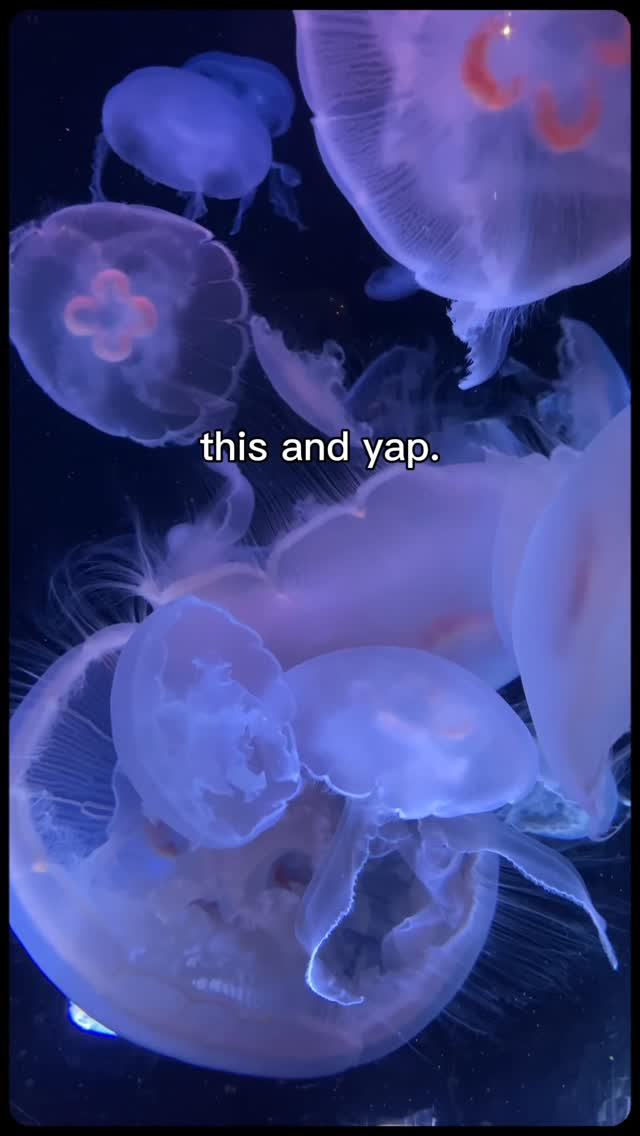- The significance of the Pacific Ocean and its ecosystems
- The diverse inhabitants of the Pacific Ocean
- Threats facing the Pacific Ocean and its species
- Conservation efforts and sustainable practices
- Ways to protect ocean ecosystems during your visit
The Pacific Ocean is the largest and deepest of the world’s oceans. It covers more than 63 million square miles and contains diverse ecosystems critical for global health. These ecosystems support countless species and play a vital role in regulating the Earth’s climate. Recognizing the significance of the Pacific Ocean is essential, especially as its health directly impacts humanity and all forms of life.
The Pacific is home to an impressive variety of habitats, from coral reefs to deep-sea trenches. Coral reefs, often referred to as the “rainforests of the sea,” harbor a staggering diversity of life. These structures are built by tiny organisms called corals, which form colonies and create large reef systems. Coral reefs provide breeding and feeding grounds for many marine species and protect coastlines from erosion.
Additionally, the Pacific Ocean hosts expansive kelp forests, which offer habitats for various species, such as sea urchins, fish, and marine mammals. Kelp forests have high productivity and serve as essential carbon sinks, helping to reduce atmospheric carbon dioxide levels. The unique ecosystems of the Pacific promote incredible biodiversity, which is essential for ecosystem resilience and stability.
Among the myriad inhabitants of the Pacific Ocean, marine mammals are particularly intriguing. Whales, dolphins, and porpoises are well-known for their intelligence and complex social structures. Species such as the humpback whale engage in long migrations across vast distances, demonstrating profound navigational skills and life strategies. These creatures face significant threats, including ship strikes, entanglement in fishing gear, and the impacts of climate change.
Beyond the charismatic megafauna, countless species of fish and invertebrates inhabit the Pacific. From vibrant clownfish and majestic sea turtles to the critical yet often overlooked plankton, each organism plays a role in maintaining ecological balance. Fish populations, particularly coral reef species, are vulnerable to overfishing and habitat degradation, leading to declines that can impact entire ecosystems.
One of the principal concerns affecting the Pacific is climate change, which leads to rising sea temperatures and ocean acidification. Coral bleaching, a direct result of elevated temperatures, threatens coral survival and hence the biodiversity that depends on these structures. As the ocean warms, species distributions are shifting, potentially leading to conflicts over resources and habitat loss.
Plastic pollution also poses a significant threat to the Pacific Ocean. Millions of tons of plastic enter the ocean each year, harming marine life and accumulating in the food chain. Sea creatures often ingest plastic or become entangled in it, leading to injuries and even death. Furthermore, microplastics have infiltrated every level of the marine food web, raising alarming concerns about long-term ecological effects.
Efforts to conserve the Pacific’s ecosystems are critical in combating these threats. Initiatives encompass establishing marine protected areas to safeguard habitats and promote recovery. There is a growing focus on sustainable fishing practices that aim to minimize bycatch and preserve fish populations for future generations.
Organizations and communities around the Pacific are conducting outreach programs to educate local populations about the importance of marine conservation. Engaging communities helps foster a sense of stewardship while promoting ecotourism as a sustainable source of income. Such measures support not only environmental health but also the livelihoods of individuals who depend on marine resources.
When planning to visit the Pacific Ocean, travelers can play an essential role in this conservation narrative. Here are some actionable ways to protect ocean ecosystems during your visit:
- Choose sustainable tours: Select tour operators that prioritize eco-friendly practices. Look for companies that are committed to protecting marine life and adhere to guidelines for wildlife interactions.
- Participate in beach cleanups: Many organizations organize cleanups; joining these initiatives helps reduce plastic pollution. These communal efforts foster awareness of trash’s impact on marine ecosystems.
- Respect wildlife: When observing marine life, keep a safe distance and avoid disrupting their natural behaviors. Adhering to guidelines set by wildlife organizations ensures that habitats remain undisturbed.
- Avoid single-use plastics: Bringing your reusable water bottle, bags, and utensils can significantly reduce waste. Each small action adds up, contributing to cleaner oceans.
- Support conservation programs: Engaging with local conservation efforts, whether through donations or volunteer work, can help sustain projects that protect marine habitats.
The Pacific Ocean is a treasure trove of life and functionality. Its ecosystems, from coral reefs to vast kelp forests, illustrate the interconnectedness of marine species and habitats. The inhabitants, from the majestic blue whale to the tiniest plankton, collectively correspond to the health of these environments.
Understanding the threats facing these ecosystems helps emphasize the responsibility we share in their protection. Climate change, plastic pollution, and overfishing are pressing issues demanding immediate action. Each visitor to the Pacific has a crucial role in advocating for sustainability and conservation, ensuring that these ecosystems thrive for generations to come.
As you explore the magnificent landscapes and seascapes of the Pacific Ocean, remember that your actions can contribute to conserving this vital ecosystem. By committing to protective practices, you not only enhance your experience but also cultivate a legacy of environmental stewardship. The ocean’s health is intrinsically linked to our own welfare; safeguarding it is an investment in our collective future.
*****
Source Description
Yap about how much you love the Pacific ocean, its inhabitants, ecosystems, and ways you can protect them during your next visit. 💙


